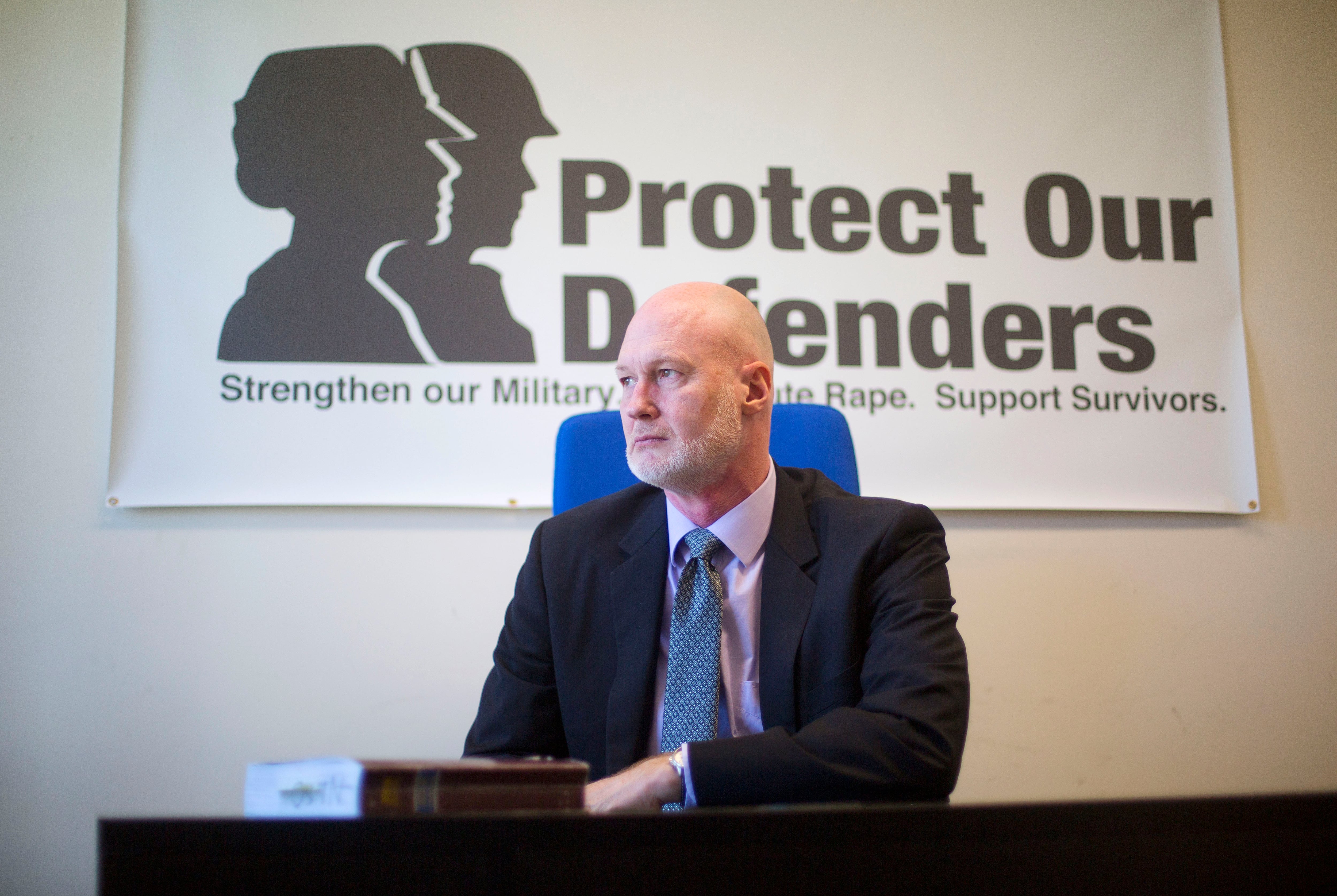WASHINGTON — Reports of sexual assaults at U.S. military installations have gone up since 2013, according to data released by the Defense Department. But that may be because more victims are coming forward.
A DoD report released Friday details the number of reports of sexual assault broken down by installation and branch spanning fiscal years 2013 to 2016.
The report states that reports alleging sexual assault have risen from 5,323 in fiscal 2013 to 6,153 in fiscal 2016.
As they have done previously in recent years, defense officials tied the increase in the number of reports of alleged assaults to its efforts to encourage more victims to come forward and report that they’ve been assaulted.
“Prior to FY14, 15% or fewer military victims reported a sexual assault to a military authority each year,” the report states. “For FY14 and FY15, DOD estimates that nearly 25% of the Service members who experienced a sexual assault in those years reported the incident to either SAPR program personnel or military law enforcement. In FY16, the DOD estimates that about 32% of Service members who experienced a sexual assault reported the incident to either SAPR program personnel or military law enforcement.
But if only 32 percent of victims are reporting their assaults, then the total number of actual assaults in 2016 would be about 19,228.
In a statement, the Defense Department noted that “since 2012, the department’s annual reports on sexual assault in the military have reported regular declines in the prevalence rates of sexual assault among the force.”
The annual confidential surveys that scientifically sample the military population give defense officials “very reliable estimates about how many Service members likely experienced a sexual assault in a given year,” according to the report. “The percentage of a population that experiences a problem in the past year is also known as the “prevalence” or occurrence of the problem.“
Data from the most recent survey showed that in 2016 the prevalence rates of sexual assault against active-duty women decreased to 4.3 percent, from 6.1 percent in 2012, according the the DoD statement. Assaults against active-duty men declined to 0.6 percent, from 1.2 percent in 2012.
“DoD uses the term ‘sexual assault‘ to refer to a range of adult sex-related crimes punishable under the Uniform Code of Military Justice,” the report states. “Sexual assault includes penetrating crimes (such as rape, sexual assault, and forcible sodomy), sexual contact crimes (aggravated and abusive sexual contact), and attempts to commit these offenses.”
Naval Station Norfolk, Virginia, reported the highest total number of reported sexual assaults, 1,055, from fiscal 2013 to 2016 and the highest yearly total of reported cases in that time period, 291 in 2015.
The next two highest were Joint Base San Antonio with a total of 881 reported sexual assault cases since FY2013 and Fort Hood, Texas with 863 total reported cases spanning the same time period.
All three bases averaged over 200 reported cases each year.
However, a report of an alleged sexual assault at an installation does not necessarily mean the crime occurred at that location, according to the DoD.
“One of the features of the department’s reporting program is that service members can report allegations of sexual assault at any time and at any place,” said Dr. Nate Galbreath, deputy director DoD Sexual Assault Prevention and Response Office, in a statement released by the Defense Department.
“A report could involve allegations for an incident that occurred while on deployment, while away on leave, or even prior to entering the military,” according to the statement.
For overseas combat deployments, Afghanistan had the highest total reports of sexual assault, 295, from 2013 to 2016, and the highest number of reports in a single year, 168 in 2013. There were a total of 711 reports across all combat theaters during that time span, with the highest number of reported sexual assaults at combat outposts totally 305 reported cases in fiscal 2013.
Shawn Snow is the senior reporter for Marine Corps Times and a Marine Corps veteran.





